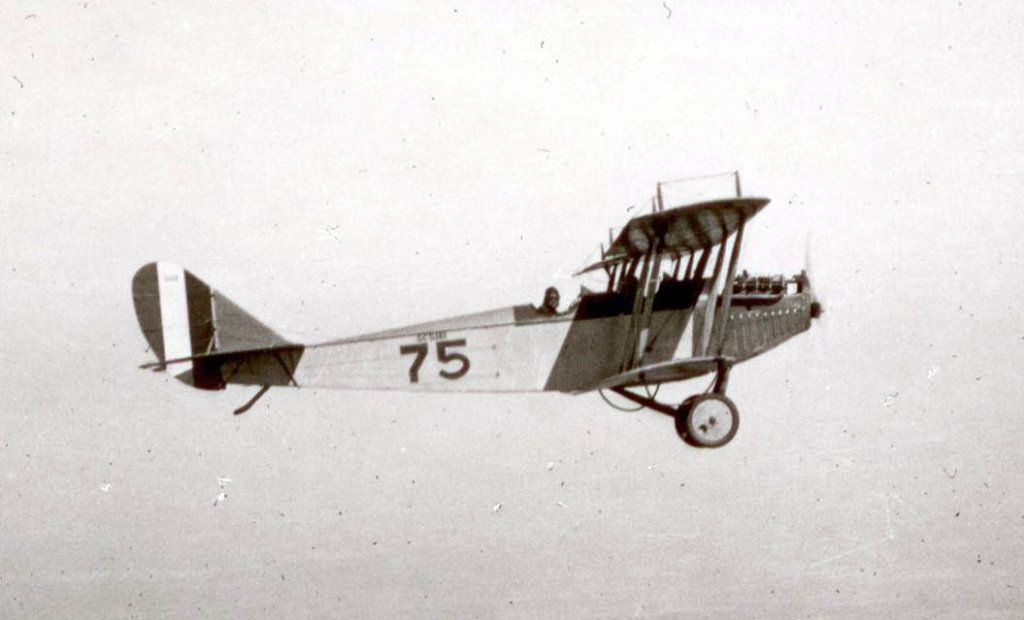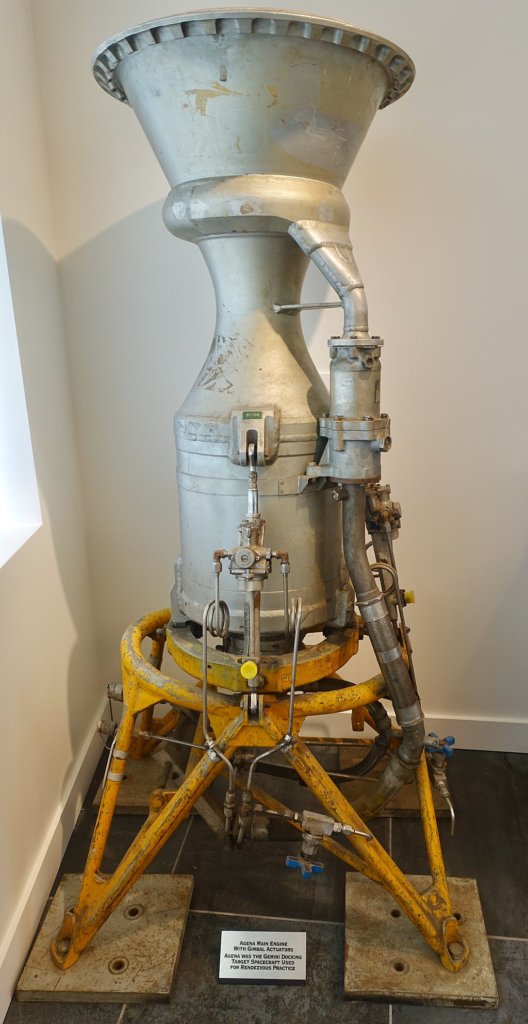As we look ahead to 2021, when we hopefully be safely traveling and visiting various parts of the country (and the world) once again, we thought it would be interesting to take a look at Buffalo’s importance in the history of aviation.
Even longtime residents may be unaware that the Queen City was the site of many aviation firsts and had crucial contributions to the development of modern aircraft.
In fact, as former Buffalo Aero Club President Walter Gordon put it to Spectrum News, “The aviation history of Buffalo is almost unmatched.”
While you might not have been doing much flying in 2020, we invite you to take a trip into Western New York’s extensive aviation history.
Aviation Beginnings
According to Spectrum, Glenn Curtiss, a motorcycle manufacturer in Hammondsport, started experimenting with developing an aircraft in the early 1900s. By 1908, he was the only person in the world working on a commercial aircraft.
While Curtiss doesn’t get much recognition, Gordon told Spectrum that Curtiss “ended up doing as much for aviation as the Wright Brothers” and said that some even believe he was more important than the famed brothers.
During WWI, Curtiss moved his aircraft plant to the Buffalo area because it had more resources. He designed many different types of planes there, including the first flying boat, the first plane to take off from a ship, and the 1917 Curtiss Jenny, which was the first mass produced aircraft.

Paul Faltyn, Curator at the Niagara Aerospace Museum, told Spectrum that during WWI, 95 percent of the allied pilots learned how to fly on the Curtiss Jenny, including famous pilots Eddie Rickenbacker, Amelia Earhart and Charles Lindbergh.
Following the war, Curtiss’s company was also responsible for building the NC-4, the first aircraft to cross the Atlantic, in 1919.
At this point, the Curtiss Aeroplane and Motor Company in Buffalo was the largest aircraft manufacturer in the world, according to Buffalo-Niagara Airport.
Postwar Innovation
By the 1920s, Buffalo had become a center of aviation innovation, in large part thanks to Curtiss’s contributions.
This led aviation enthusiasts to convince city officials to build the Buffalo Municipal Airport in Cheektowaga. The airport began as just 318 acres in 1926 and has been expanded to cover almost 1,000 acres today as the Buffalo Niagara International Airport, according to the airport’s website.
Following the construction of the airport, passenger and airmail service began in 1927 and grew in popularity over the following years, in large part due to Buffalo’s prime location between New York City and large cities in the Midwest.
In addition to the development of Buffalo’s first airport, Curtiss’s innovation spurred other airplane manufacturers to set up shop in Buffalo and Western New York, including Consolidated Aircraft, which developed the U.S. air mail service, and Bell Aircraft, which Faltyn claims was responsible for “some of the most life changing events in aviation.”
WWII Aviation
Larry Bell established the Bell Aircraft Company in Buffalo on July 10, 1935. Many KenDev residents will be surprised to learn that its headquarters were established at 2050 Elmwood Avenue in the North Delaware area of Buffalo, next to what is now the Home Depot shopping center, according to Wikipedia. That’s only a couple miles from several of our apartment communities in North Buffalo and Kenmore.
Bell Aircraft had a hand in much of the country’s WWII aviation production. The company first entered into a military contract in 1937, proceeded to build a bomber-destroyer and delivered thousands of single-engine aircraft to the Allied Forces during WWII.
In 1942, Bell created the first jet fighter developed in the United States, the Bell P-59 Airacomet. Its maiden flight took place on October 2, 1942, according to Wikipedia.

The P-59 was built in total secrecy on the upper floor of what is now the Tri-Main building on Main Street in Buffalo. It was then shipped to California via rail with a propeller attached to it as a disguise, according to Buffalo Architecture and History. While performance was below expectations, it provided invaluable data for the development of later jet airplanes, according to the Smithsonian.
Not only did Bell secretly build the first American jet plane, they also developed the first helicopter in 1943, as well as the first plane to break the sound barrier in the 1950s, according to Wikipedia. Bell’s helicopter was responsible for rescuing over 50,000 allied and American soldiers during the Korean War alone, Faltyn told Spectrum. Lawrence Bell died in 1956 and is buried in Buffalo’s Woodlawn Cemetery, according to Buffalo Business Journal.
During WWII, Curtiss also continued its Buffalo-based contributions to aviation innovation. His company’s developments included the Curtiss C-46 Commando, which was the largest twin-engine airplane in the world when it first flew in 1940, according to HistoryNet. It was primarily used as a military transport during World War II by the United States Army Air Forces as well as the U.S. Navy/Marine Corps.
Post-War Aviation Development
Once the World Wars ended, there was less demand for aircraft, which caused many companies to shut down or consolidate their business. However, several companies still continued to manufacture components for futuristic aircraft.
This includes Bell, which developed the Agena Engine in the 1960s. Gordon told Spectrum that this became part of the Agena upper stage, which he said was “probably the most accomplished upper stage rocket in history.” This engine powered the first U.S. spacecraft in the early 1960s, including the first U.S. spacecraft to go to the moon, Mars and Venus.

Aviation in Buffalo Today
Today, several high-tech companies in Western New York continue to manufacture critical aviation components. These include Calspan in Cheektowaga, which Faltyn calls “one of the world leaders in in-flight simulation and wind tunnel testing,” as well as Moog in East Aurora, which “probably (has) a part on every commercial and military aircraft in the free world,” according to Faltyn.
Buffalo also has a wide array of museums that can teach you all about its extensive aviation history. The Niagara Aerospace Museum in Niagara Falls, NY is among the best, showcasing over 100 years of aviation history in Western New York. According to Gordon, many of the docents here are also engineers, and some have even worked on the aviation components described earlier, including the lunar ascent engine that powered Neil Armstrong’s trip to the moon.

Once you’ve experienced the Niagara Aerospace Museum, it’s also worth taking a day trip to some of the other fantastic museums around Central and Western New York, including:
- Glenn H. Curtis Museum, Hammondsport, NY
- Wings of Eagles Discovery Center, Horseheads
- National Soaring Museum, Elmira
- Harris Hill Soaring Center, Elmira
- National Warplane Museum, Geneseo
And if you’re meeting others interested in Buffalo’s aviation history, consider joining the Aero Club of Buffalo. Spectrum News reports that Buffalo has the oldest Aero club in the country and second oldest in the world. Its members even flew the first blimp, so if you join, you may get the opportunity to take part in more aviation firsts here in Buffalo.

 Fair Housing Notice
Fair Housing Notice 